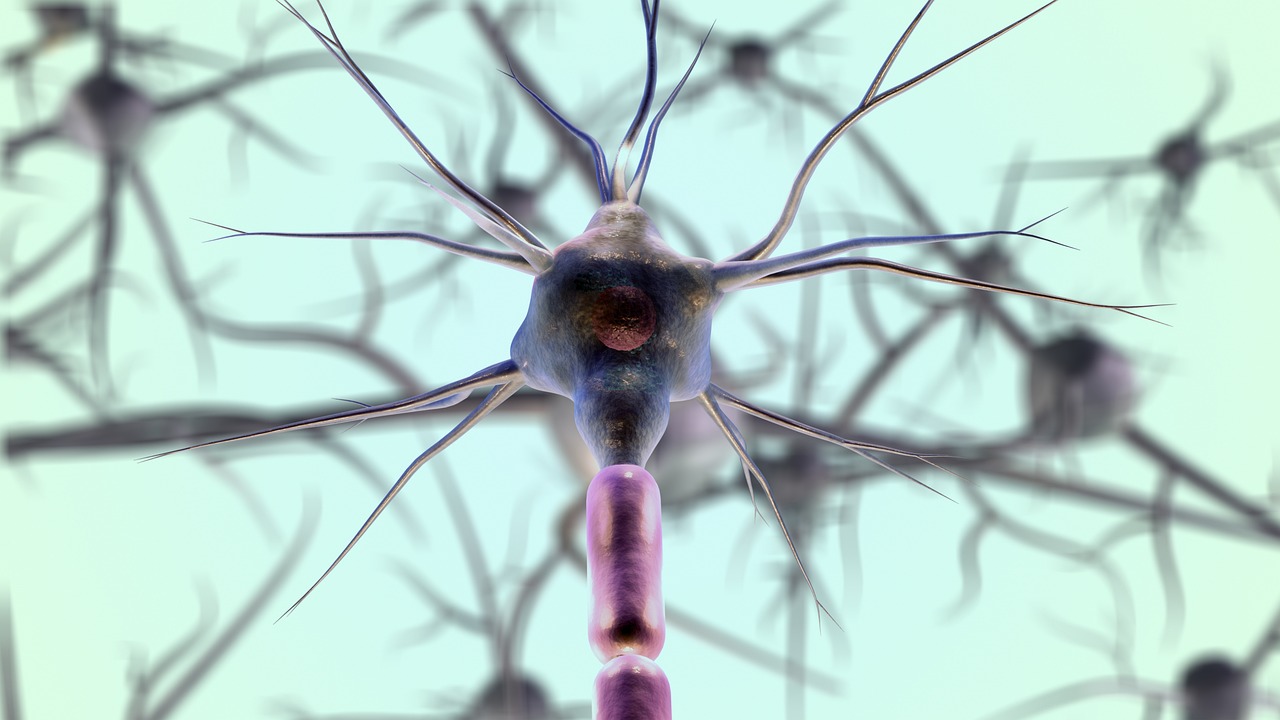Rewiring the Brain: Neuroplasticity and Your Health
Our brain is a complex organ, the center of our thoughts, emotions, and bodily functions. For centuries, scientists believed that the brain was a fixed structure, unable to change or adapt. However, recent discoveries have completely reshaped this understanding, introducing the concept of neuroplasticity. This fascinating field of study has significant implications for our health and wellbeing.

Neuroplasticity: A New Understanding
Neuroplasticity, also known as brain plasticity, refers to the brain’s ability to change its structure and function in response to experience or damage. This transformative capability was first discovered in the mid-20th century, challenging long-held beliefs about the brain’s rigidity. Numerous studies have since confirmed and expanded upon these initial findings, revealing our brain’s incredible adaptability.
Neuroplasticity in Action
Neuroplasticity is at the heart of our ability to learn, remember, and adapt. When we acquire new skills or knowledge, our brain changes its neural pathways and synapses to accommodate this new information. This process is particularly vital during childhood, a period of rapid learning and development.
Similarly, neuroplasticity plays a crucial role in recovery from brain injury. Following damage or disease, the brain can reorganize its functions, often shifting them to healthy regions. This capacity for reorganization has opened new possibilities for treating conditions like stroke, traumatic brain injury, and neurodegenerative diseases.
Realizing the Potential of Neuroplasticity
Despite these exciting developments, neuroplasticity is not a cure-all. While it offers potential for recovery and adaptation, neuroplasticity can also contribute to the development of negative patterns, such as substance addiction or chronic pain. Therefore, understanding and harnessing neuroplasticity requires a balanced and nuanced approach.
Moreover, the science of neuroplasticity is still in its infancy, with many questions yet to be answered. However, the research to date offers promising avenues for enhancing our health and wellbeing.
Maximizing Your Brain Health
- Engage in regular physical activity: Exercise stimulates the production of brain-derived neurotrophic factor (BDNF), a protein that supports neuroplasticity.
- Keep learning: The process of learning new skills or information promotes the formation of new neural pathways.
- Maintain a healthy diet: Certain nutrients, such as omega-3 fatty acids, are known to support brain health and neuroplasticity.
- Manage stress: Chronic stress can impair neuroplasticity. Mindfulness and relaxation techniques can help regulate stress levels.
- Get enough sleep: Sleep is essential for memory consolidation, a process heavily reliant on neuroplasticity.
Concluding Thoughts
The discovery of neuroplasticity has revolutionized our understanding of the brain, offering new insights into its capacity for change and adaptation. While the science is still evolving, the potential implications for health and wellness are vast. By understanding and nurturing our brain’s plasticity, we can support our cognitive health and open new doors for healing and adaptation.




